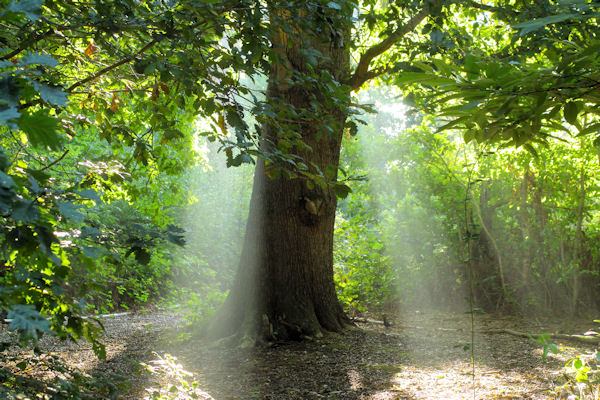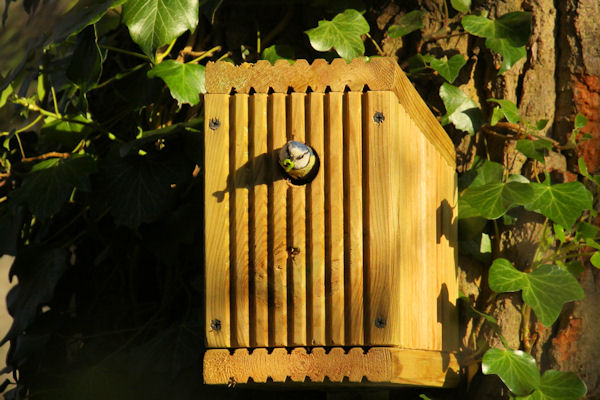September '22 in Bicknor Wood
A few leaves have started to take on their autumn colours. Not to be mistaken with the leaves which fell earlier in the year. Trees sacrificed a lot of fruit and leaves as a survival strategy during the drought, shedding them to avoid moisture loss. These leaves did not pass through the mechanics of the fall whereby photosynthesis is curtailed through lack of light. In this instance, the chlorophyll depletes and the other pigment take priority. Red and yellow coloured leaves are caused by the relative abundance of anthocyanins and carotenoids respectively, which are usually overpowered by the chlorophyll.
The rain came at last and the temperature dropped. These are the conditions enjoyed by fungi, with quite a few on show throughout the month. The toadstools are the flowering heads of the fungi which predominantly live their lives underground.
The nest boxes were cleaned and repaired during September. Some needed to be replaced and a few were repositioned. Almost 70% of the boxes showed signs of nesting. A very gratifying number. Those that hadn't entertained any birds still played their part in promoting the biodiversity of the wood. Many moths, centipedes. millipedes, beetles, woodlice, spiders, slugs and wasps found shelter and protection in or behind the boxes.
Noble False Widow Spider Steatoda nobilis
The process of identification continues for most of them, but White-collared House moth can be added to the woodwide list of life.
The Oak trees have shown sign of galls. Spangle galls and Knopper galls indicate the presence of Gall wasps that parasitize the trees. The galls are characteristic to individual species of wasp and can be taken as proof that they are present in the wood. Thus, Andricus quercuscalisis, Neuroterus quercusbaccarum and Neuroterus numismalis can all be assumed.











Comments
Post a Comment